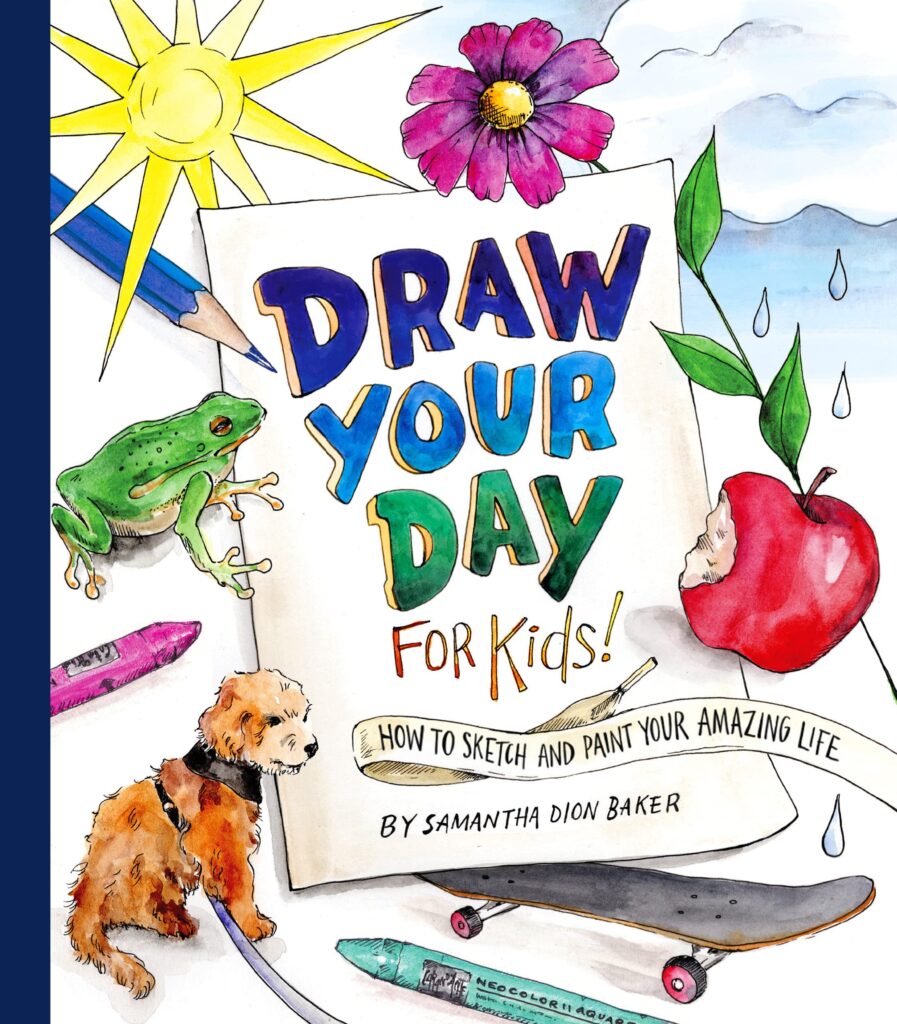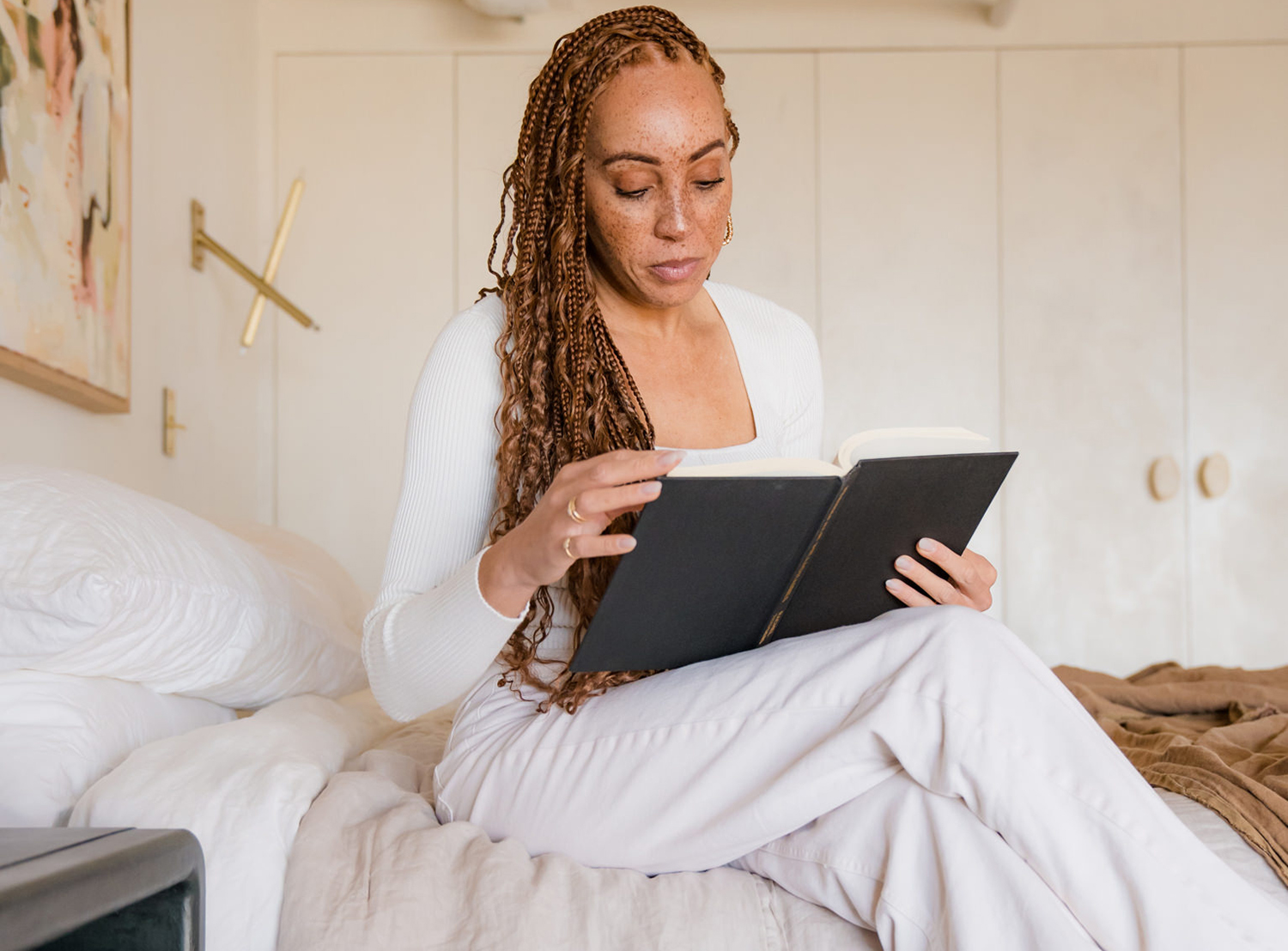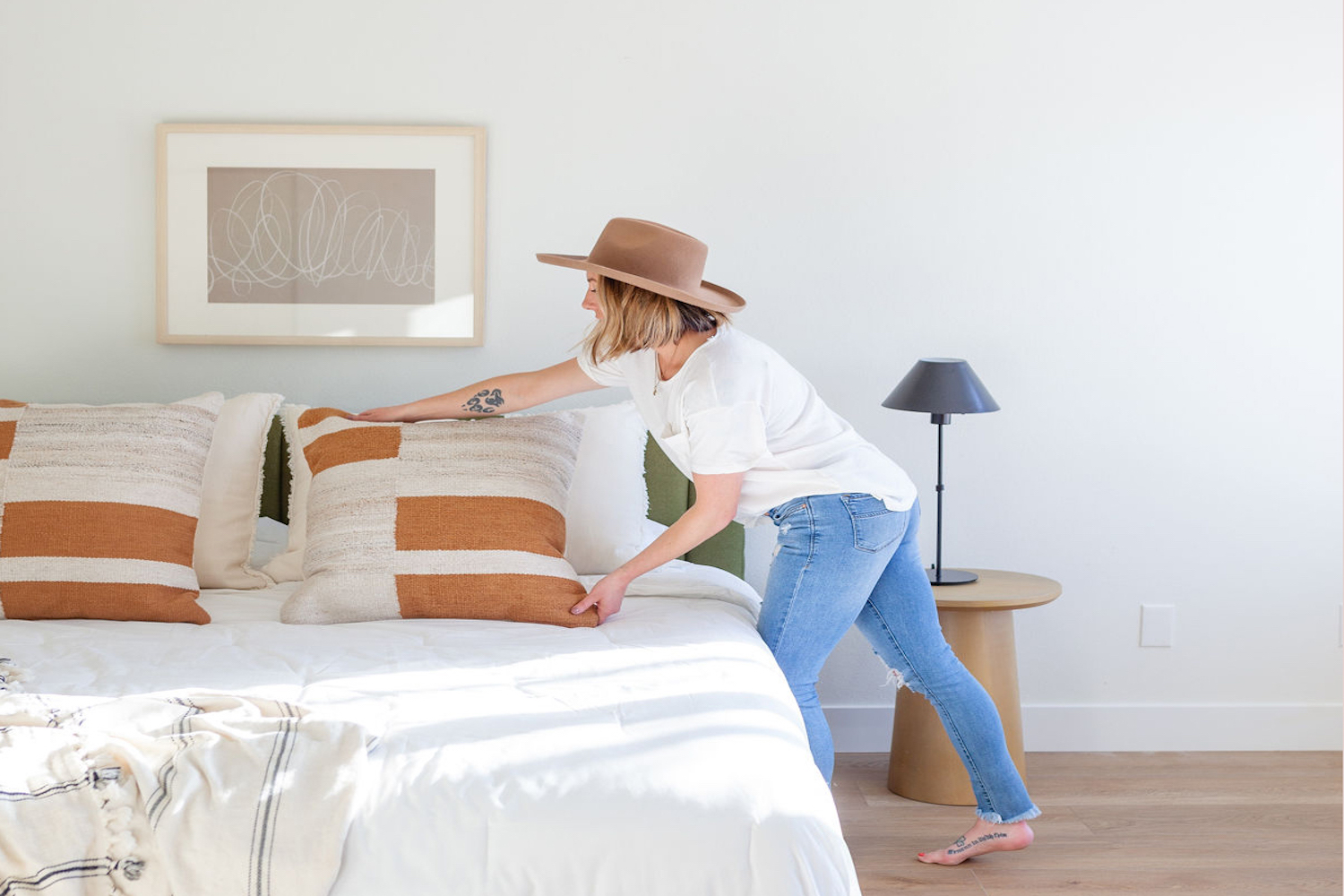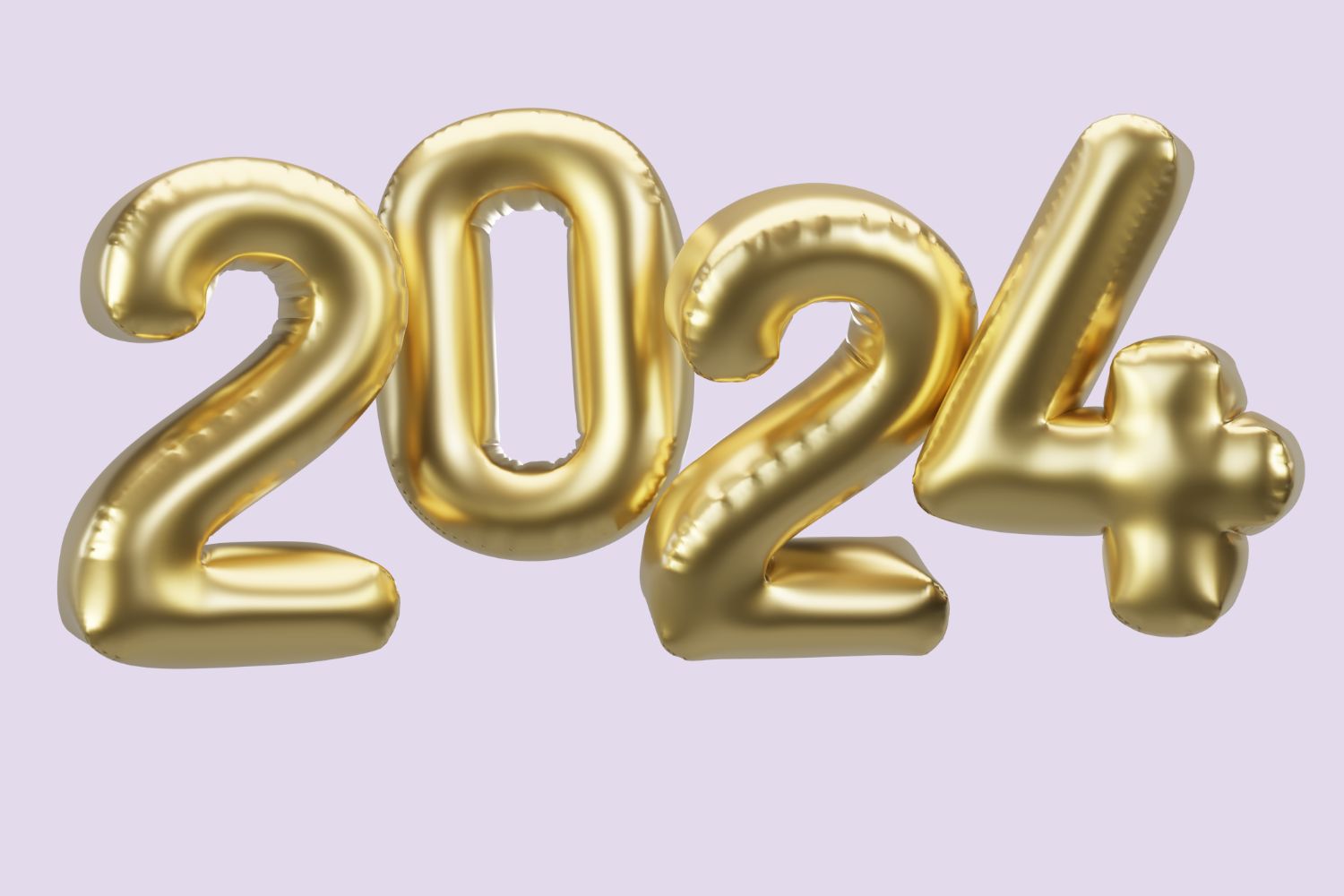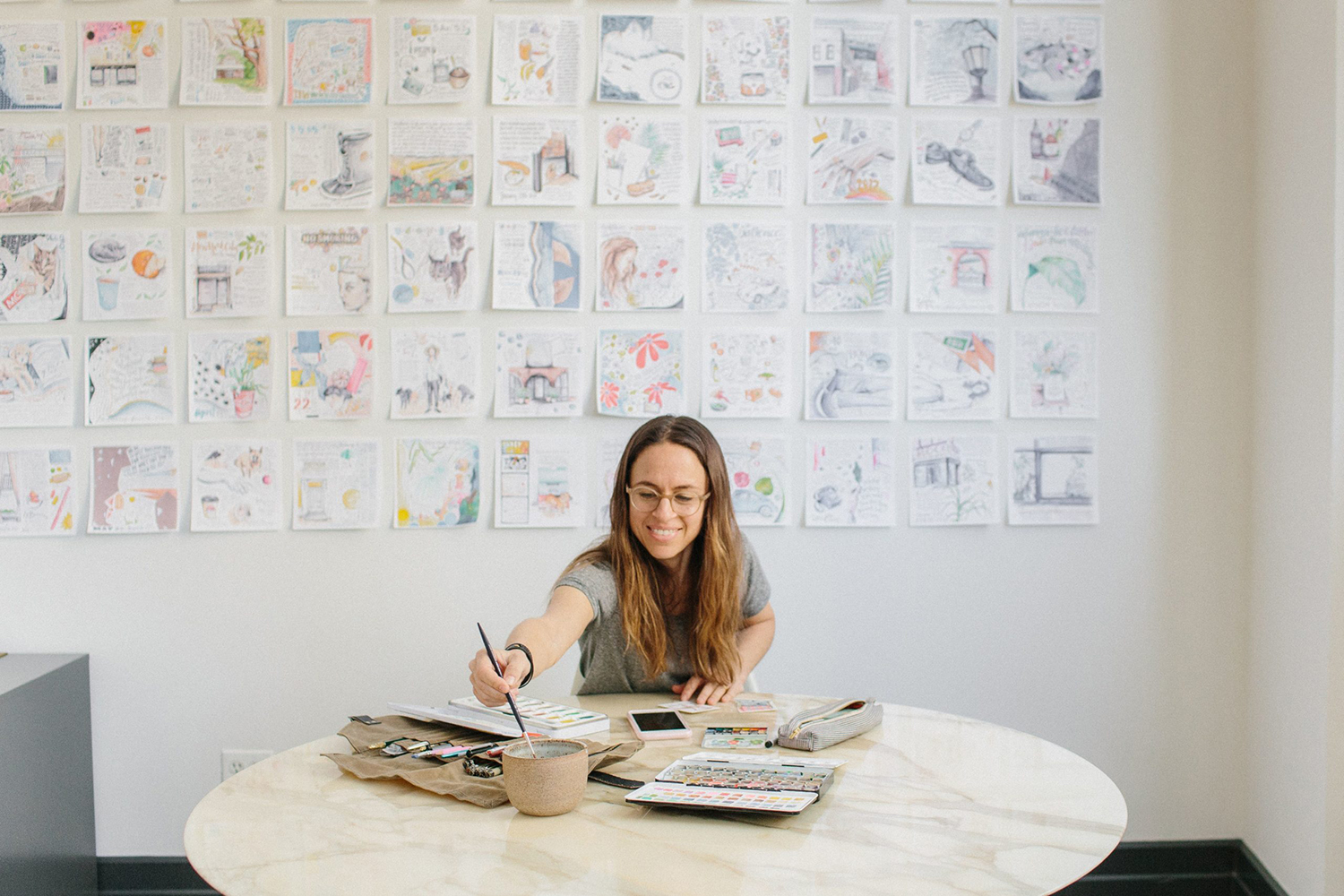
Samantha Dion Baker on drawing and journaling as therapy
On Samantha Dion Baker’s homepage, you’ll see her in the background of a city street, taking up little space, going unnoticed, while intensely focused downward, sketchbook and pencil in hand. As you arrow through her recent creative works, each coming off the page in vivid color and feeling, you can see that art is the medium that allows her to be fully seen in the world. And then, you want to see more of her through her work.
Growing up in a family of artists, earning a Bachelor of Fine Arts degree from The Cooper Union, and spending more than 20 years as a graphic designer, Samantha has always lived in a creative space. And now, in her 40s, she works as an independent illustrator, artist, and author. Her artwork first garnered widespread appreciation on Instagram, where she regularly shares inspiration and beauty with her 100,000 followers. This success led to her first book in 2018, Draw Your Day, an instructional guide to art journaling, with many ideas on how to get started.
Since then, Samantha’s output has been prolific: Three more books. Countless instructional classes. Her illustrations are highly sought for a wide range of projects, from the label on a jar of honey to The Washington Post Magazine. In Gloria Steinem’s recent book of quotes, The Truth Will Set You Free, But First It Will Piss You Off!, Samantha’s illustrations bring Steinem’s words to life.
Samantha’s artwork is available for purchase on every budget, including stickers, notecards, hand-painted leaf designs, and original paintings. Her latest book, published earlier this year, Draw Your Day for Kids!, is an art journaling guide for kids ages 8 to 12, that breaks down the process step-by-step, with relatable prompts and space to draw.
In this interview, we discuss how she’s moving through her 40s and balancing her flourishing career, while staying grounded in her true creative self.
Do you see any advantages to having first achieved widespread success as an independent illustrator, artist, and author in your 40s? Would you have been ready to be in the space that you’re in now as a younger version of yourself?
Oh, absolutely, my age has helped me through the past five years pretty significantly. My story is very unique because when I made the shift from designer to illustrator — which was simultaneously when there were more eyes on my work — the attention was on something that is inherently so personal, a journal. I decided to draw more in a very personal space but then share it publicly, which was really scary and humbling, and I had no idea that it would lead to success. In my sketch journal, I am always experimenting and exploring. I have had to adapt to the “I really don’t care what people think” attitude that only comes with age (and a lot of therapy sessions, too). When I was younger, I cared so much more about what people thought of me, how I looked, if I was good enough. I have always been shy but the more I put myself out there, the more comfortable I am. If you told twenty-year-old me that by the time I was 47 I would have written three books, talked in front of an audience of more than 125 people, and made drawings that were live projected on a screen behind me, I would have said, “There is no possible way.” As a younger person I would have never done these things!
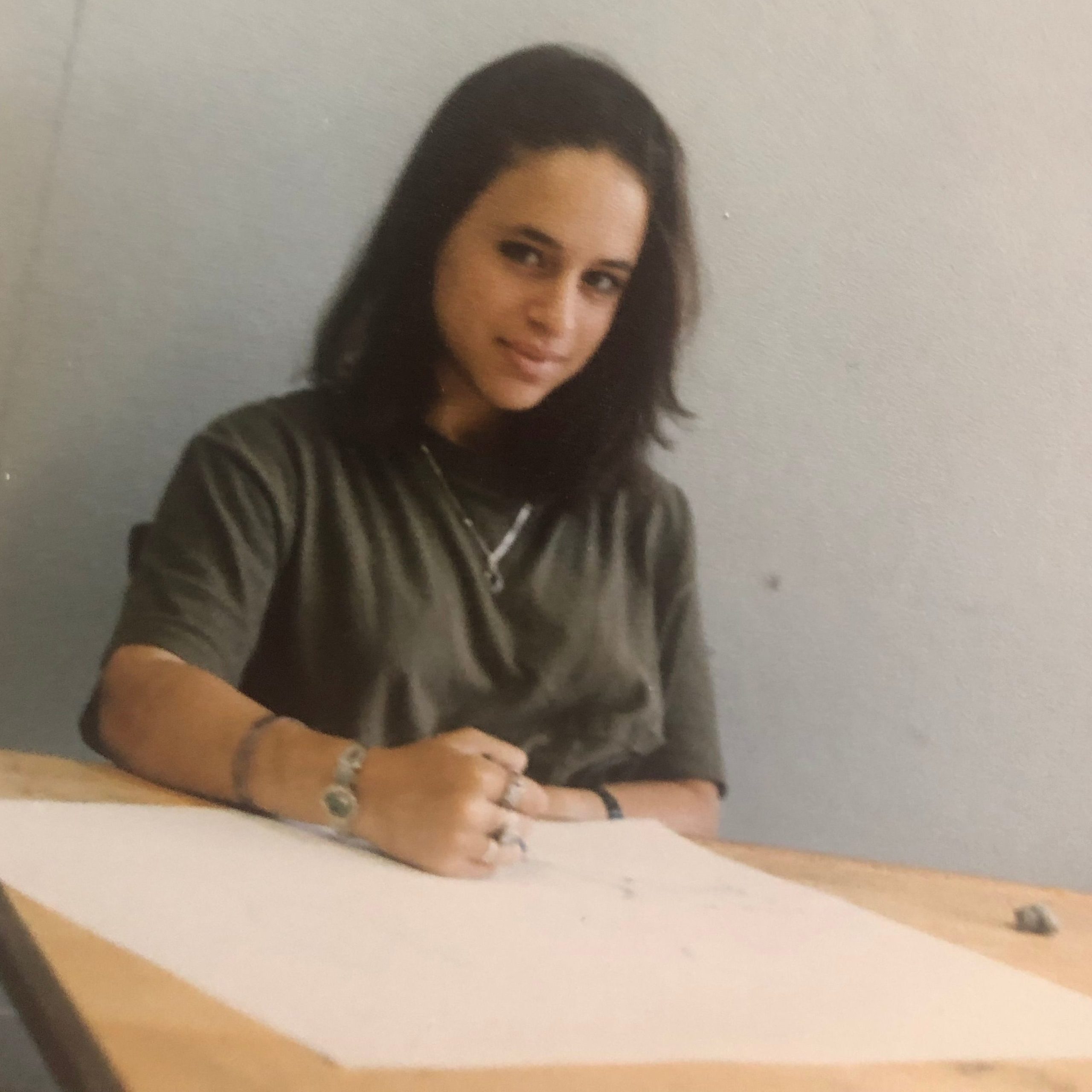
Your illustrations have so much realistic detail from the environment, but also convey so much emotion. How would you describe the part of you that shows up in your artwork?
I have had to work hard to develop my style. I grew up in a family of artists, and the artwork I saw everyday was so good technically that I spent most of my life thinking that if I couldn’t draw a subject to look just as it was, then it wasn’t any good. My brain tells me that the proportions and perspective have to be accurate. When I am off, I have to remind myself that the imperfections are what make my drawings mine. I have learned to stop my brain and trust the lines and the feeling. I draw anything and everything, but still, initially, it has to look like the thing. The first sketch is where I work the basics out, and then I let my lines flow and I work from memory and intuition to finish the work. If I can accentuate the flaws then they can blend with the “right” and “wrong” so that I am happily riding in the center lane. I tell my students all the time that perfection is boring, and I have to tell myself the same thing all the time. Skill can make a big difference, but it’s not about being perfect. It’s about finding a style and being confident about it. I think this is the way I look at myself and life now, too. It’s not about perfection, but it’s about being authentic and not trying too hard.
“I tell my students all the time that perfection is boring, and I have to tell myself the same thing all the time.”
Your authentic passion for art journaling comes through in each of your books. With so much recent success, how do you avoid feeling boxed in by it, and stay centered on your own creative journey?
I do feel somewhat boxed in, but I am pushing my way out carefully and slowly. I don’t share a journal page a day anymore. I never expected that my doodles and random exploration and experimentation would be the cause of my success, but it’s where the work led me, and I am so thankful for all that I have been able to do thus far! But I have so much more in me that needs to come out. In many ways I feel I have only scratched the surface. It may have taken me 48 years, almost that many filled sketchbooks, and three books to get to a place where I feel I can make work that is worthy of hanging on walls, but I am there and I am excited to keep moving ahead. I will always share my sketchbooks, though. They are a part of who I am at this point.
For adults who haven’t drawn in decades, what non-intimidating exercise would be a good place to start with art journaling?
I think it is so easy to begin, and people don’t realize this. Drawing isn’t the same for everyone, nor should it be. No one should expect to open a blank sketchbook, and voila! Playing with handwriting (this is how my practice began), making ink blobs and random circles, making lines that go around and around an entire spread, experimenting with materials and layering them, filling a page with a flower that looks like the same flower you doodled in grade school, blind contour exercises — this is all drawing, and it’s honestly where it should begin. You have to go about it with a different mindset. It doesn’t need to be scary or intimidating. If you want to progress, you must practice. Eventually and ideally the practice will be so gratifying that it just happens. The more you create, the more you will learn when and when not to push yourself.
“If you want to progress, you must practice.”
They say that parenthood changes you forever; I think this especially becomes true after you have a teenager. What have you learned about yourself through the process of your sons growing older, and how has this influenced your creative work?
Oy! The teenage years are by far the hardest I have experienced as a parent. It seems completely backwards, but when my boys were little I had more time to draw! Parenting is more emotional and real now. When they were little it was about keeping them smiling, keeping them safe, making sure they were fed, and they got enough sleep. And in between all of that I would draw and draw. They watched me work in my sketch journal, and they helped me think of things to draw. Now they are these big, amazing, and independent human beings who can rest their chin on the top of my head. They still need me, whether they want to admit it or not, and I feel so much more connected to them. My older son is going to go to college in the fall, and I am already feeling all of the emotions that go along with that milestone. I can compare this phase of parenting to my sketch journal and my artwork — things have to move on and change, and I am equally scared and excited to see what happens.
Describe your preferred workspace. Do you prefer silence or background noise? Is there any particular music that keeps you in your flow?
When I write and do work on the computer, I need complete silence, but when I am creating drawings and paintings, I need noise. Music, a podcast, a TV series streaming, even a friend to chat with. Back when I was working in my sketch journal one to three hours a day, I would draw and paint out in the world: literally on the trains, in line at the market, on a brownstone stoop in Brooklyn, at a busy cafe, on the soccer field… I didn’t have a studio or a regular schedule, but I was determined and obsessed with my practice, so I made it work wherever. I just need noise, a bit of buzz and energy.
I bought your latest book for my 5th grade son who loves to draw. I think it’d be a great book to pick up before a vacation, providing downtime activities while creating a memento in the process. What drawing supplies would you recommend bringing along with your book while traveling?
Thank you! It is a great book to bring on vacation. You really don’t need much. Definitely a pencil, a big plastic eraser, a few fine-line waterproof pens, and a small set of colored pencils or markers.
My kids’ drawings are some of my most valued possessions. The challenge is deciding what to digitize versus keep, and then how to store what we keep. Do you have any advice on storing and organizing artwork?
We have flat files at home and each of our boys has one drawer. If the drawer gets too full, we pull everything out and decide what is most important to keep. I don’t take photos of what gets eliminated, we just look at it, appreciate it, and then toss it. If you don’t have flat files (and most people don’t), then you can do the same thing with a large-sized flat portfolio. Blick is a great place to get one of these.
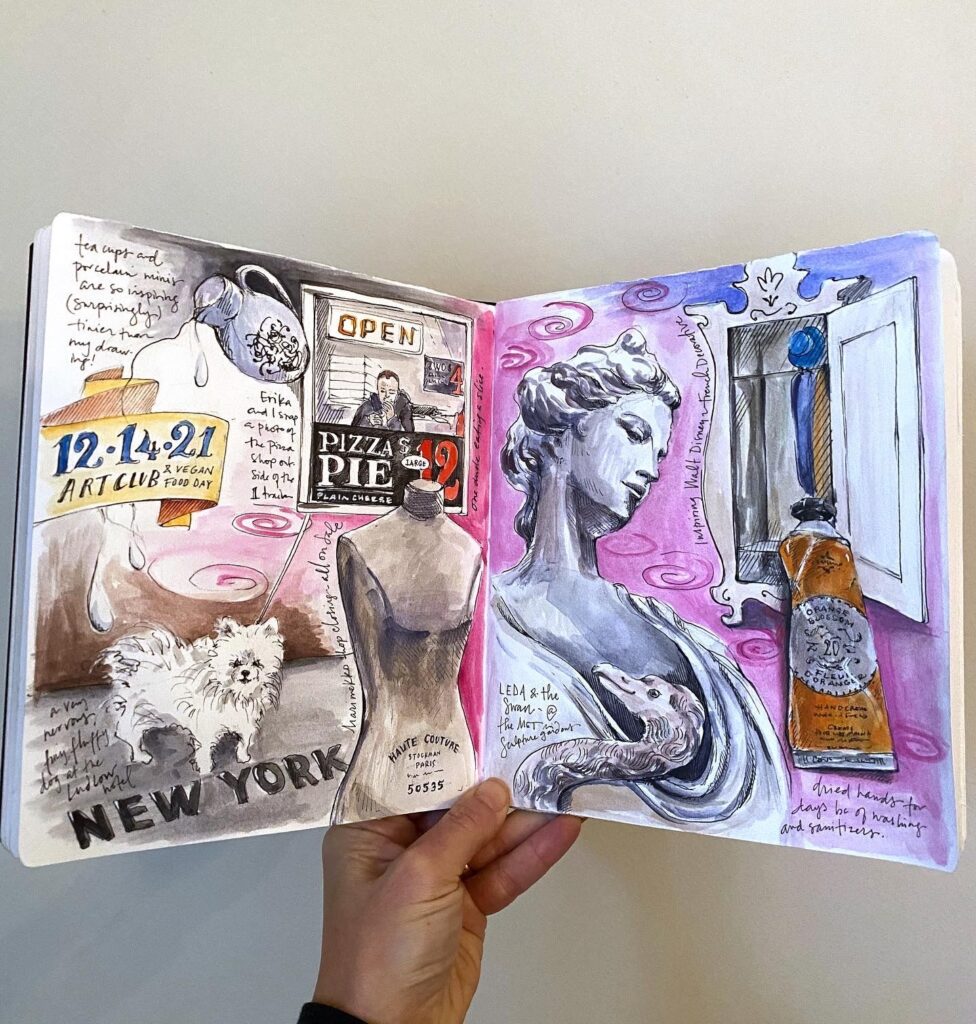
There’s a growing understanding about the benefits that expressive art has on healing. What has been your experience?
I believe that writing or drawing out your thoughts and feelings is beneficial to everyone of any age! I have processed my feelings — from trauma to falling in love — through writing and drawing my entire life. It has taught me that I can work through any struggle to arrive at a place of comfort. There is good reason my books are in the art therapy categories — drawing your feelings and experiences is a form of therapy.
What’s one of your main jumbles, and how do you find your flow?
My main jumble is looking too much at what everyone else is doing. I find my flow when I am in my own lane and not paying attention to all of the outside noise. We all need to turn off the screens and the phones and just create from the heart.
For more creative inspiration, browse Samantha Dion Baker’s website and classes, follow along on Instagram, and read her books, Draw Your Day, Draw Your World, and Draw Your Day for Kids!
Author photo by Doane Josephine Hu

